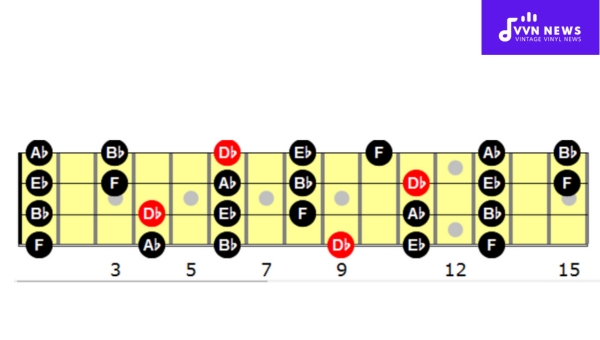
D Flat Major Pentatonic Scale [Master Its Joyful Tones]
The relative minor chord is the sixth degree chord of the major key in question. For example, the C relative minor chord is the sixth degree chord of the C major key, that is, Am (or Am7). Another example: suppose the tonality is G major. The relative minor of G will be Em (or Em7).
Melody and harmony keys, scales, modes and ornaments BBC Bitesize
In music, relative keys are the major and minor scales that have the same key signatures ( enharmonically equivalent), meaning that they share all the same notes but are arranged in a different order of whole steps and half steps. A pair of major and minor scales sharing the same key signature are said to be in a relative relationship.
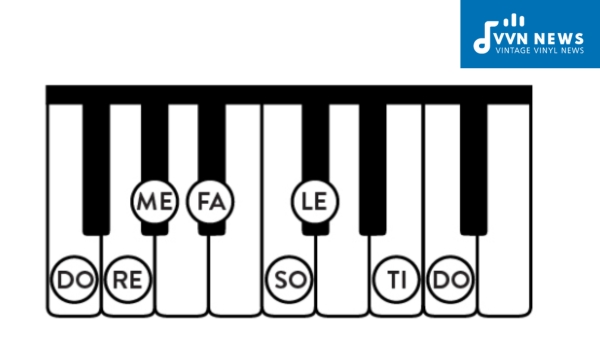
F Minor Scale Explained [StepByStep Guide To Mastering Scales]
An introduction to the relative majors and minors - the key to songwriting and improvising. "Relative keys" is an important concept in music theory that's able to unlock songwriting and improvisation potential. It grants you a deeper understanding of the relationship between the major and minor scales, and how to epitomise it in an.
[Solved] NAME Workbook ASSIGNMENT 7.3 A. Writing relative major and minor... Course Hero
The term "relative key" in music most often refers to a minor key that has the same key signature as a major key (or vice versa). Every major key has a minor key with the same amount of sharps or flats, and in fact, the same exact notes! Because of this similarity, these two keys or scales are considered to be in the same family.
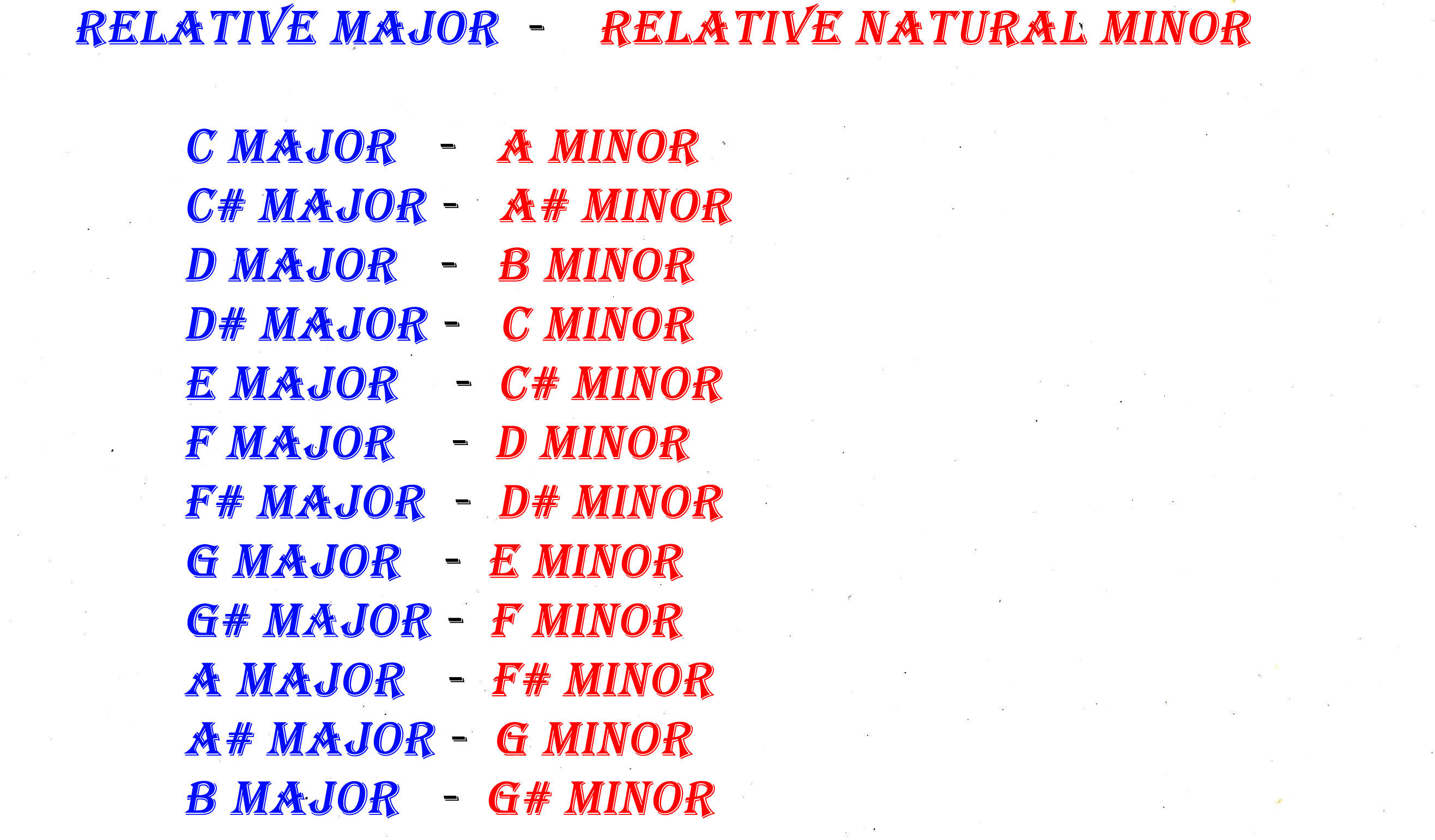
Major Key And Relative Minor Chart.pdf
What Is the Relative Minor and How to Find It? Every major scale shares the exact same notes as a minor scale. Both scales are said to be relative to one another. To find the relative minor to any major scale just go down 3 half-steps. On a guitar, this is 3 frets lower.
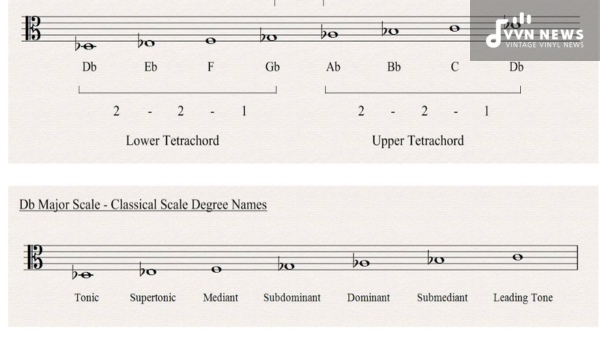
D Flat Major Scale [The Tools Of Music Theory]
Written by Dan Farrant Last updated 22nd September 2023 Learning about A major scale? In this post, we've put together a complete guide to everything you need to know when learning about the scale.
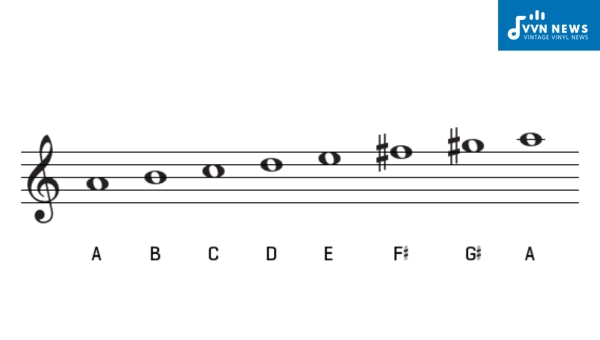
A Minor Scale [Unlock The Mysteries Of Musical Composition]
Figure 6.4.4 6.4. 4: The interval patterns for major and natural minor scales are basically the same pattern starting at different points. It is easy to predict where the relative minor of a major key can be found. Notice that the pattern for minor scales overlaps the pattern for major scales. In other words, they are the same pattern starting.
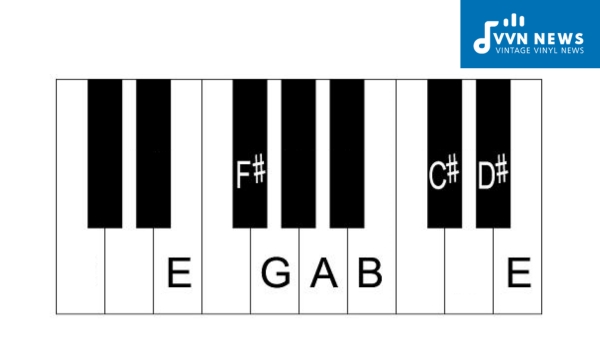
E Minor Scale Explained [Improve Your Guitar Skills Today]
The A minor scale is called the relative minor scale of the C major scale. It's also true to say that the C major scale is the relative major of A minor; it can go both ways. Because of this relationship relative minor scales share the same key signature as their major counterparts and vice versa.

Relative Keys & Scales Guide to Relative Major & Minor
The terms relative major and relative minor are used to described two keys and scales which share all the same notes and the same key signature. This means that it is common to modulate or change.

Quick Music Theory Tip (1/8/24) Relative Minor Relative Major YouTube
Start learning What is the relative minor The relative minor is a minor scale that shares its key signature with a related major scale. If you start with a major scale, the relative minor is the scale that begins on the sixth degree. It shares the same key signature, so you can build it using the same notes, just in a different order.

Moving between the Relative Major and the Relative Minor r/bluesguitarist
A major A major (or the key of A) is a major scale based on A, with the pitches A, B, C ♯, D, E, F ♯, and G ♯. Its key signature has three sharps. Its relative minor is F-sharp minor and its parallel minor is A minor.
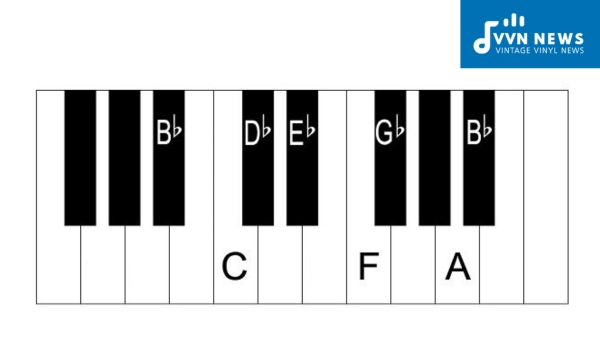
B Flat Minor Scale Explained [Learn And Experiment With Scales]
A relative minor The Solution below shows the relative minor key of the A major scale on the piano, treble clef and bass clef. The Lesson steps then shows the note relationship between the major and its relative minor, and how to calculate the relative major from a minor scale. For a quick summary of this topic, have a look at Relative minor.
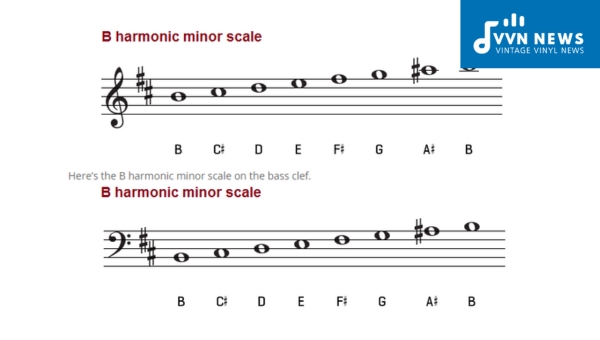
B Minor Scale Explained [Play More Expressively On Your Guitar]
To find the relative major key from a minor, take the first note of your minor key and go up three half-steps. The note you land on is now the first note of your major scale. How to find the parallel minor or major key This is even more simple than finding the relative keys.
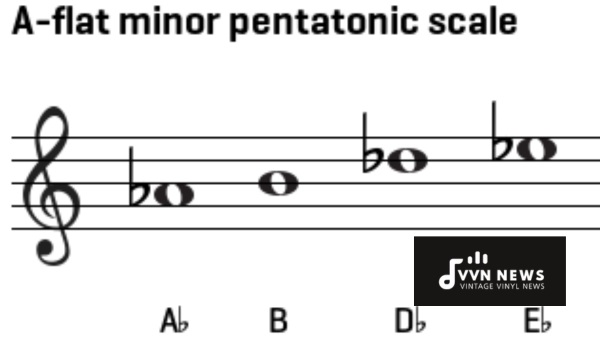
A Flat Minor Pentatonic Scale [Unleash Subtle Tension In Your Music]
The relative major of e minor is G major, count: E (minor), F, F#, and G (major). Now, see if you can figure out why the next scales are relatives (and for your own good, start memorizing them): The relative major of B minor is D major. The relative major of F minor is A major.
Melody and harmony keys, scales, modes and ornaments BBC Bitesize
Relative Minor and Relative Major Relative scales are major and minor scales that share the same notes and chords, and therefore the same key signature. Every major scale has a relative minor scale and every minor scale has a relative major scale. Finding the Relative Minor Scale

MAIKO RELATIVE MINOR MINGA ( je major scale oba maikai uni relative
Simple! To provide a couple of examples: D major - ^6 is B, so relative minor is Bm. C♯minor, ^3 is E, so relative major is E. G major - ^6 is E, so rel. min. is Em. D minor, ^3 is F, so rel. maj. is F maj.